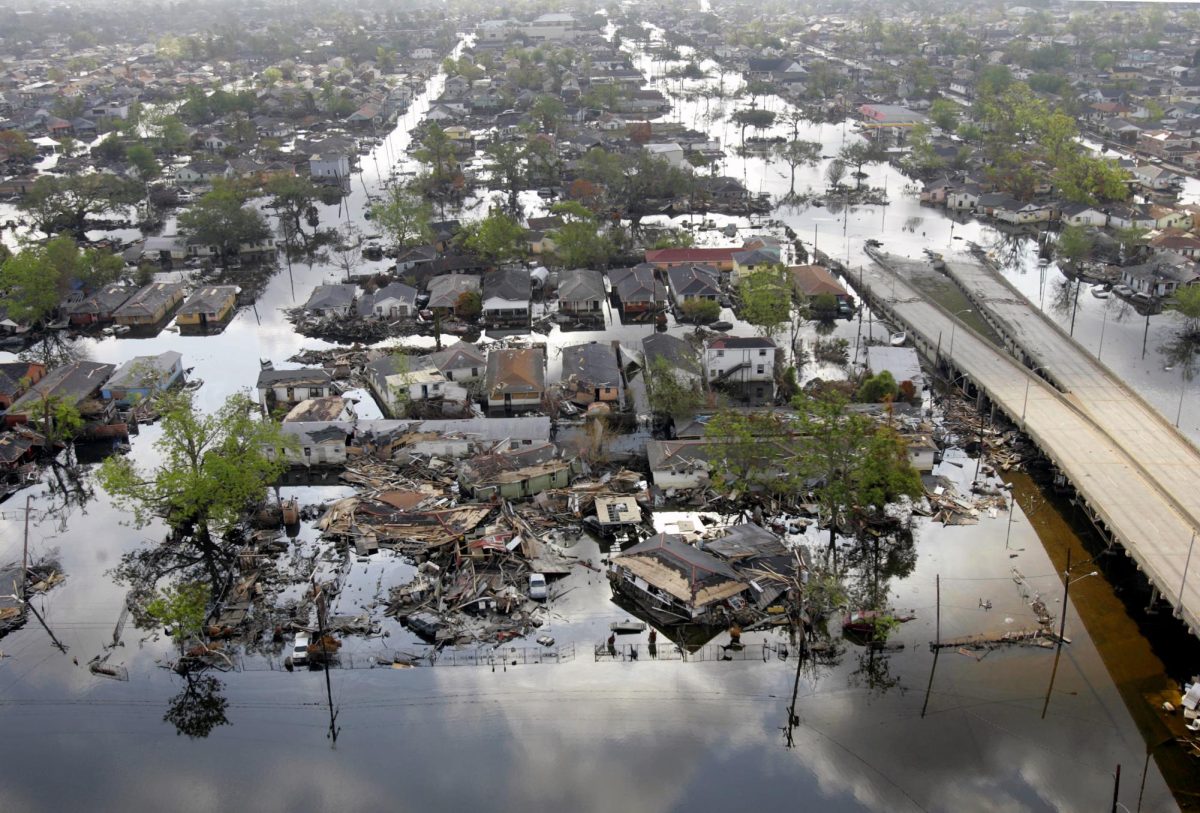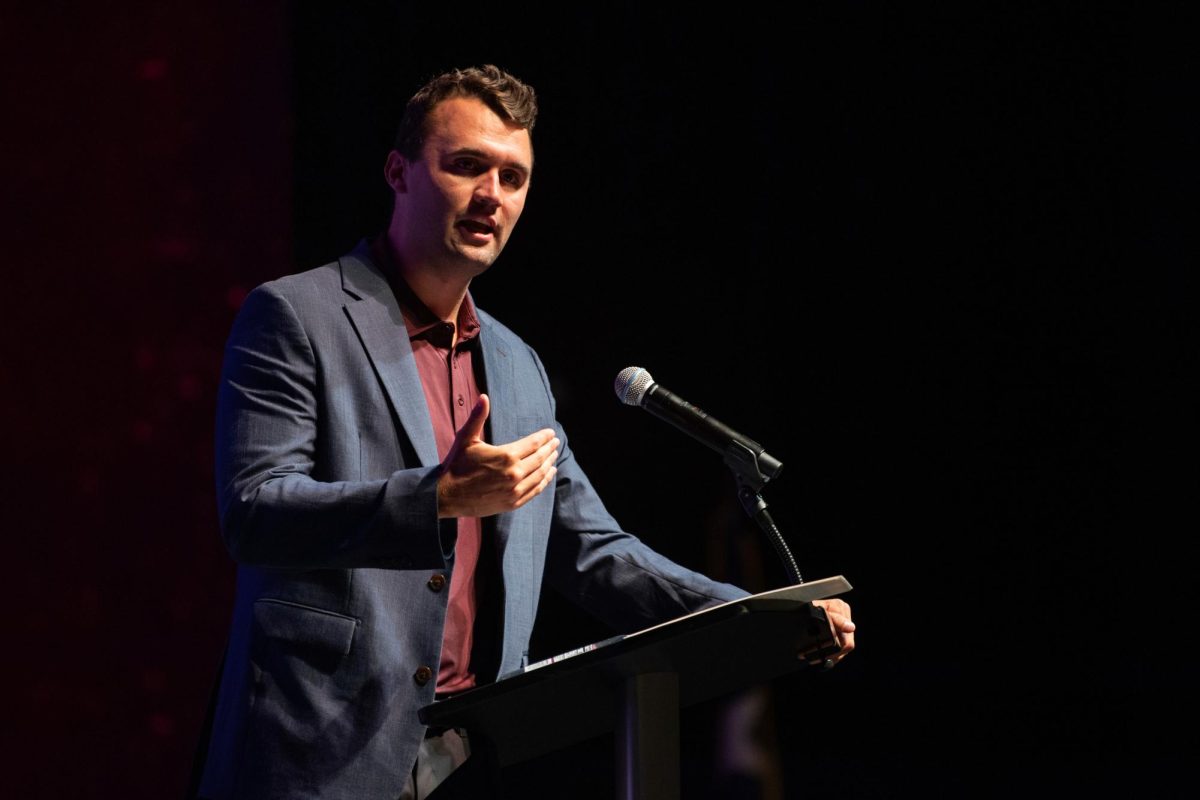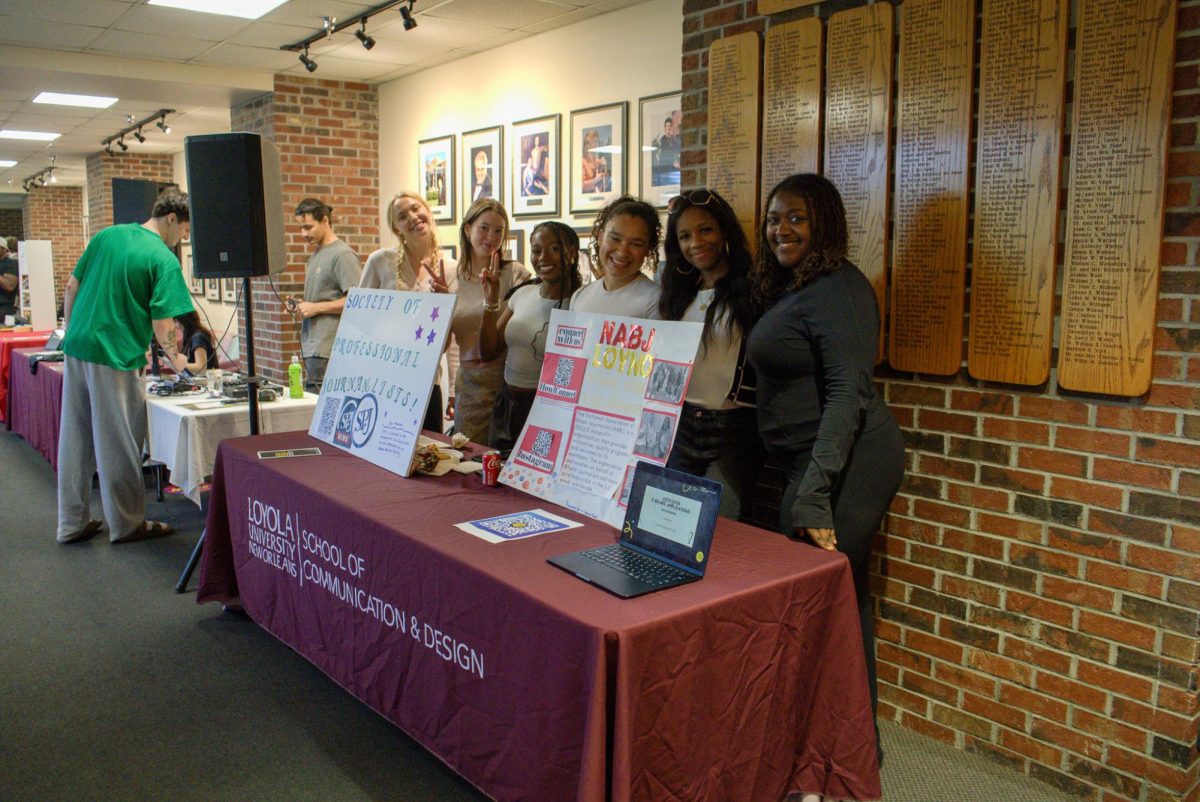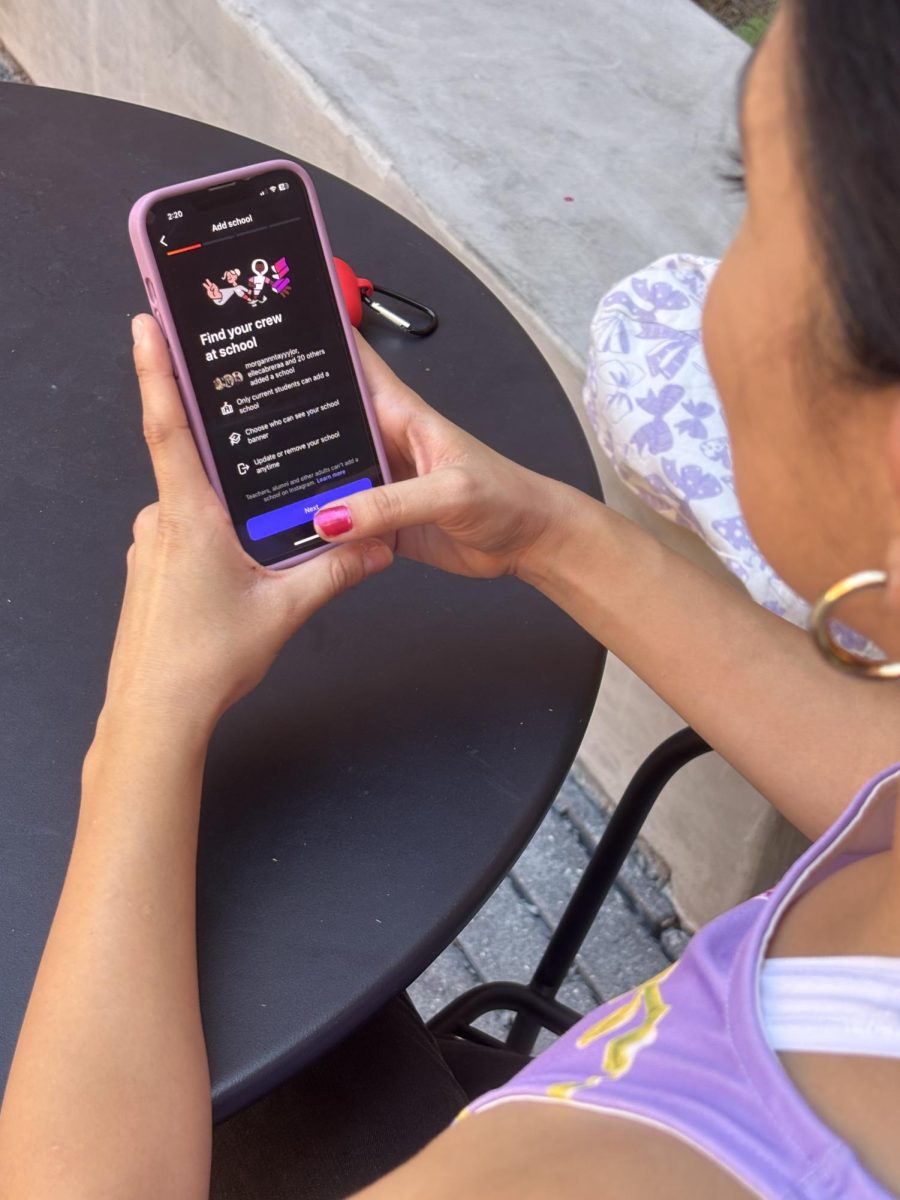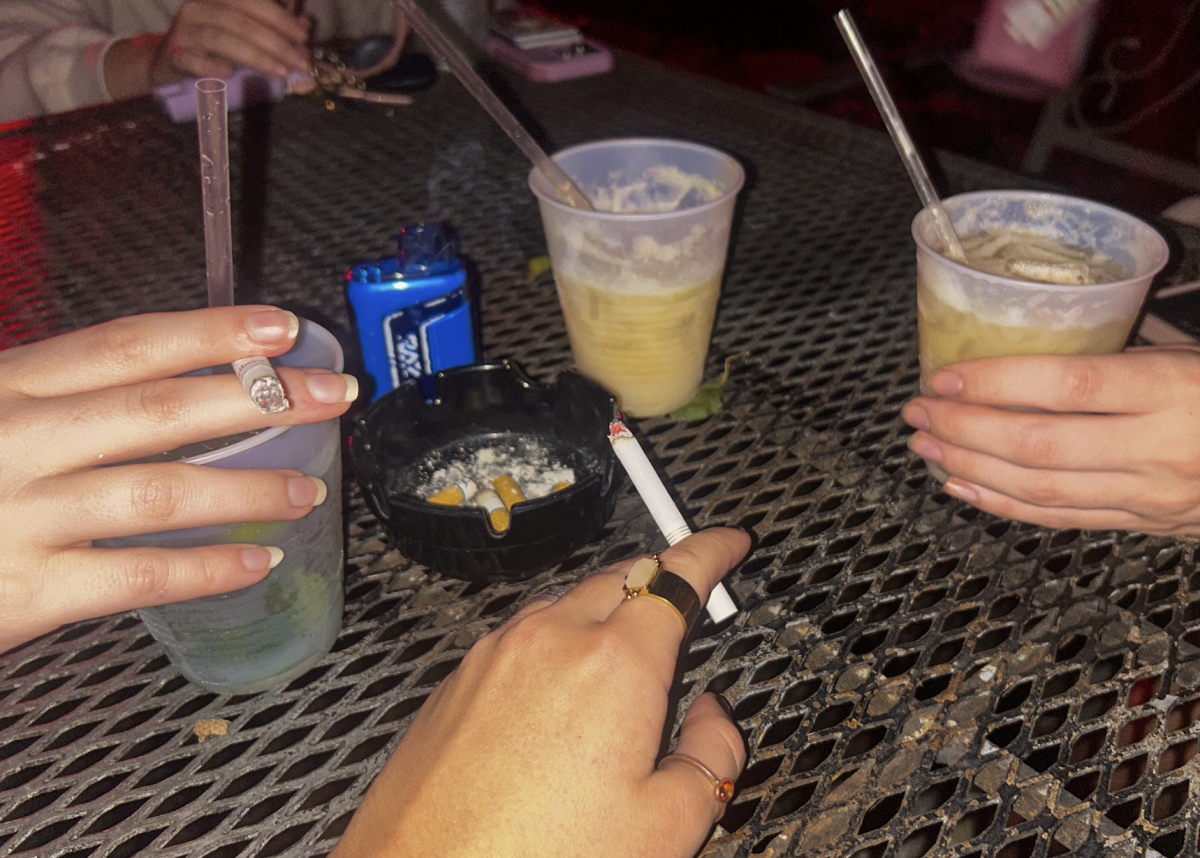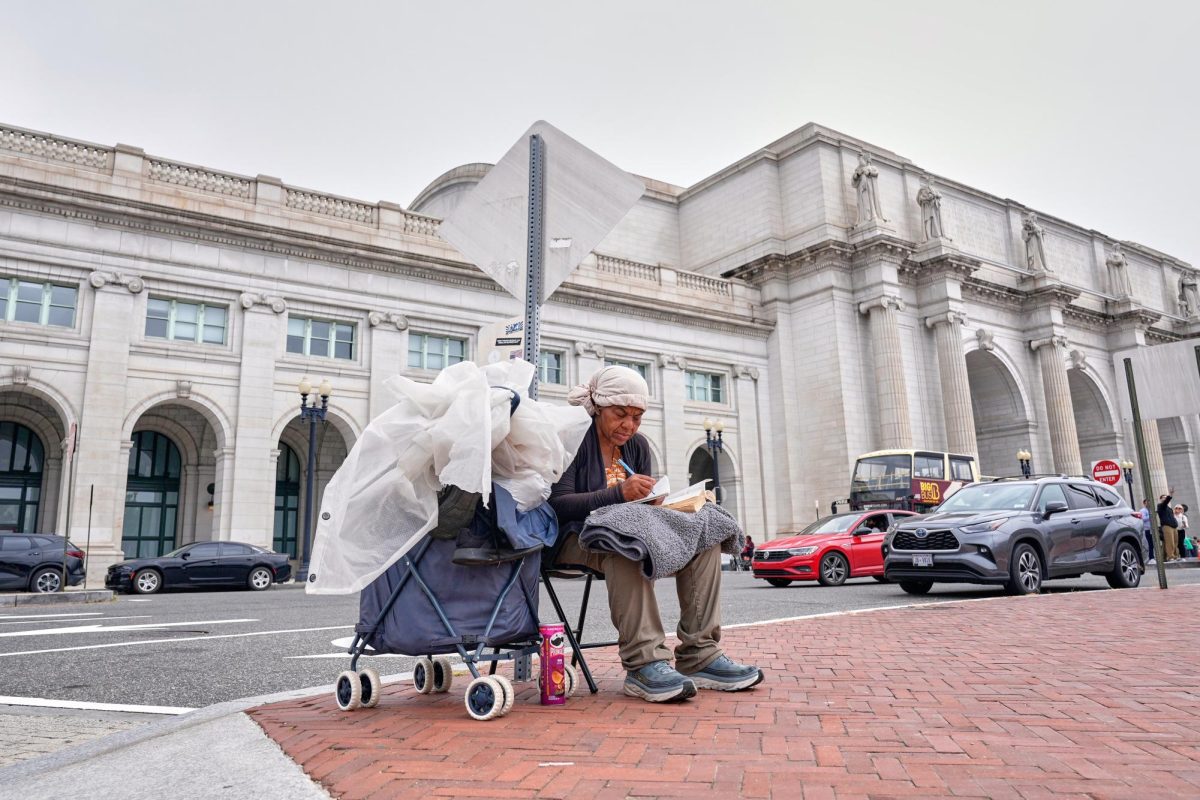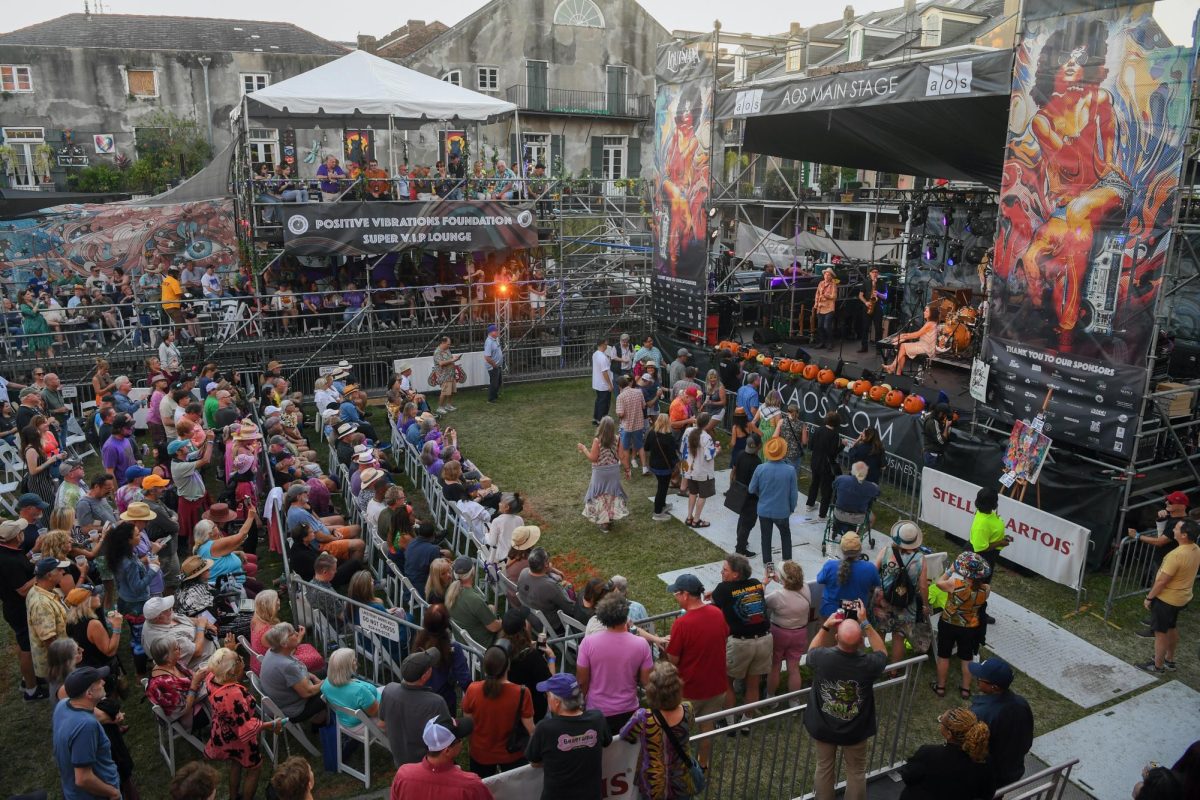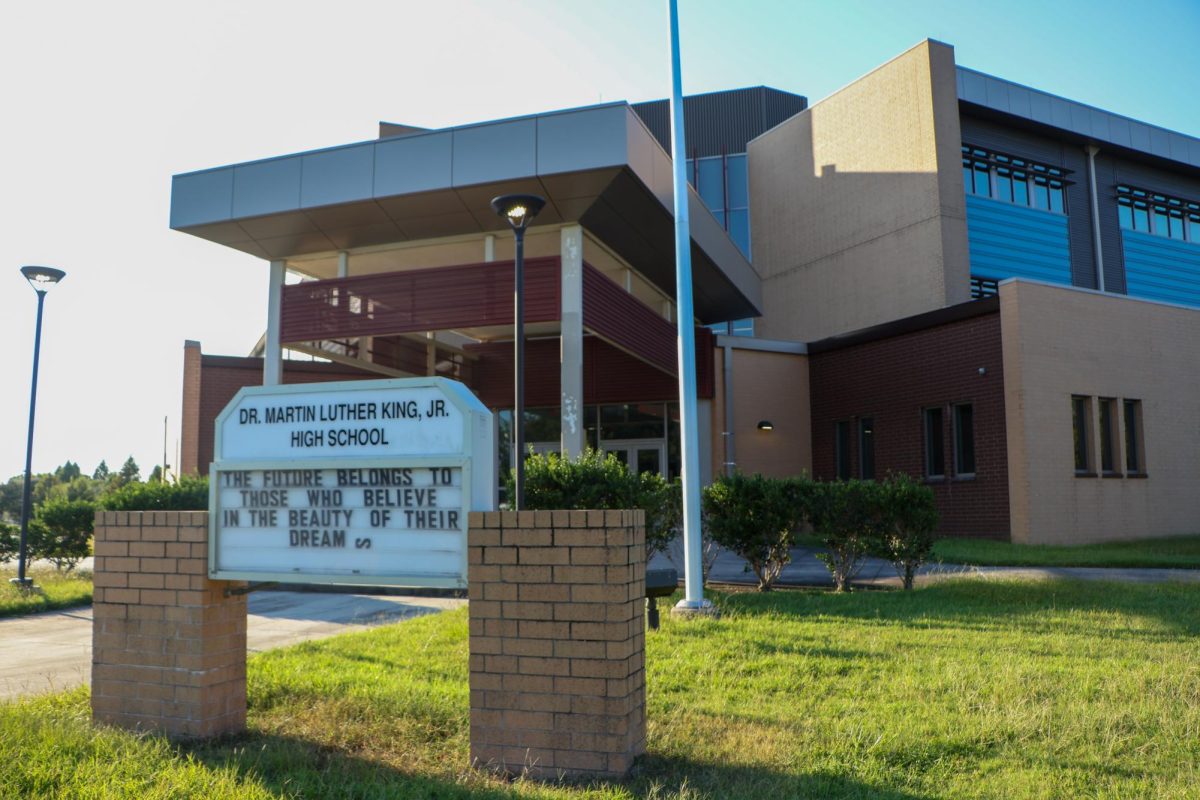Two decades after Hurricane Katrina struck New Orleans, Loyola University and citizens of New Orleans continue to evaluate their readiness for future major storms.
Katrina caused widespread damage across New Orleans when levee failures caused severe flooding to hit the city. Loyola University was forced to close for the semester, and students, faculty, and staff were displaced.
Professor Robert Thomas, director of the Center for Environmental Communications, was on campus during the storm. He recalled how the disaster revealed major weaknesses in both city and campus preparedness.
“No one was prepared. I had been teaching about hurricanes for about 30 to 40 years at that time and I wasn’t prepared,” Thomas said.
Following Katrina, the U.S Army Corps of Engineers built the Hurricane and Storm Damage Risk Reduction System, a 14.5 billion dollar network of levees, floodwalls, and surge barriers designed to protect the metropolitan area from future storms according to The Associated Press.
“Everyone expected water to go over the levee, which some did, but that wasn’t the major cause of flooding. No one knew it was going to break,” Thomas said.
Green infrastructure projects including marsh restoration, barrier island rebuilding, and tree planting have been added to strengthen natural defenses. The city has also updated emergency evacuation plans and introduced strategies for managing floodwater though the Urban Water Plan, which incorporates rain gardens and permeable pavement according to The Associated Press.
However, concerns still remain about the levees’ subsidence, sea levels rising, and the strain of stronger hurricanes fueled by climate change.
“I think the city does a decent job. We learned a lot just from experience that would set us for the future and now when we think a storm is coming if there’s a possibility we get prepared rapidly,” Thomas said.
Since 2005, Loyola has adopted a formal emergency management plan that outlines procedures for hurricane preparedness, campus evacuation, and communication.
“Anybody who stayed was in the dark but well taken care, they were fed, they were safe. We told them how to handle it, and when it passed, we went ‘this isn’t working’ so we made sure everyone got home,” Thomas said.
Other universities took Loyola students after hurricane Katrina due to the university being shut down for the fall semester; some students were even displaced for months afterwards. This caused students to go through academic adjustments by transferring to new schools and then again when coming back to Loyola if they decided to return.
“Our students were in other places and we worked hard on staying in contact with them because we wanted them to come back. It was always an option. We did the Jesuit thing: caring about the individual,” said Thomas.
The emergency management plan includes a multi-channel alert system, shelter-in-place protocols, and coordination with Loyola University Police and the Emergency Preparedness Office. Students are encouraged to maintain personal evacuation plans and receive regular information on hurricane readiness through the university website and email updates.
“But we survived and we have a better city for it, and if we get another storm we’ll be prepared differently,” Thomas said.


